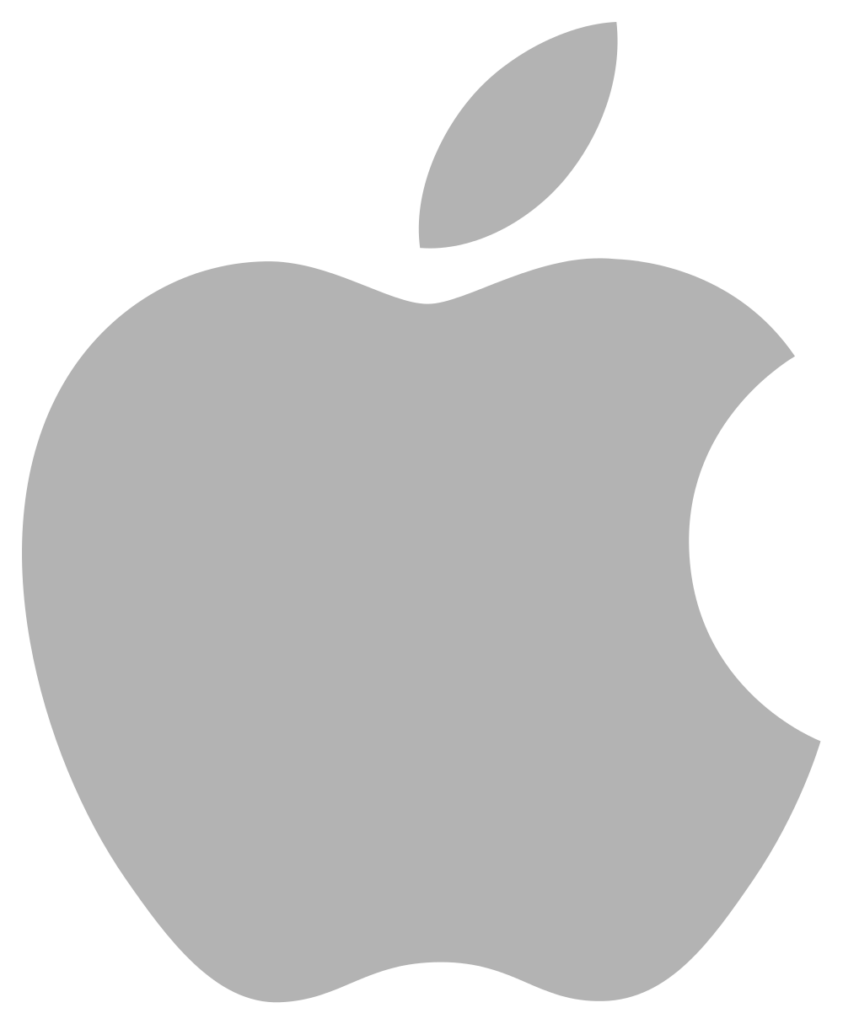Developing iOS apps for Apple devices involves a structured process that encompasses the following key steps:
- Idea and Conceptualization: Begin by defining the app’s purpose, target audience, and features. Sketch out the app’s basic design and functionality.
- Design and User Interface (UI): Create the app’s visual design, user interface, and user experience. This step involves wireframing, prototyping, and designing the app’s appearance, ensuring it’s user-friendly and visually appealing.
- Coding: Write the app’s code using either Swift or Objective-C, the primary programming languages for iOS app development. Developers use Apple’s integrated development environment (IDE) called Xcode for coding, testing, and debugging.
- App Architecture: Design the app’s architecture and structure, including data storage, server communication, and any backend components.
- Testing: Thoroughly test the app for functionality, performance, and user experience. Testing can be done on both physical iOS devices and simulators.
- App Submission: Prepare the app for submission to the Apple App Store. This involves creating a distribution-ready package, including necessary certificates and provisioning profiles.
- Updates and Maintenance: Continuously update and maintain the app to stay compatible with new iOS versions, improve functionality, and address user feedback and bug reports.
Collaboration among designers, developers, and quality assurance teams is crucial throughout the development process of iOS apps. It’s essential to monitor user feedback, respond to app store reviews, and keep the app up to date to ensure it remains competitive, functional, and secure.
Are you ready to create your own iOS app?

